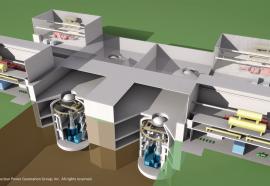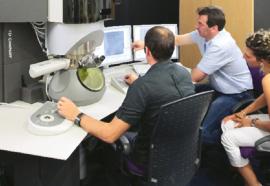Vendor Neutral
(March 2011) TVA and EPRI demonstrate solar-assisted EV charging station; Ford unveils the all-electric Focus; Central Maine Power awards substation contracts; ERCOT deploys ABB software in nodal market; FirstSolar starts up PV plant for Southern Company and Ted Turner; plus contracts and announcements involving Open Systems International, Verizon, Suntech Power, Alcatel-Lucent, Siemens, Cisco, Elster, Sensus, Silver Spring Networks and others.









